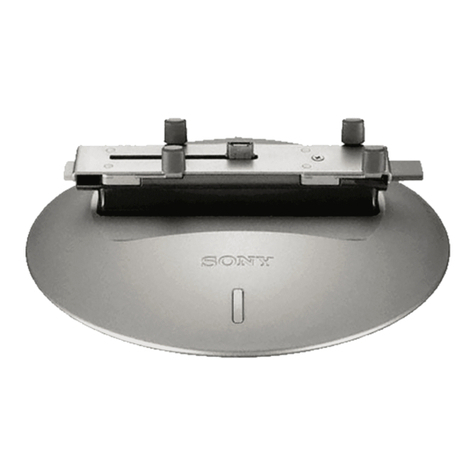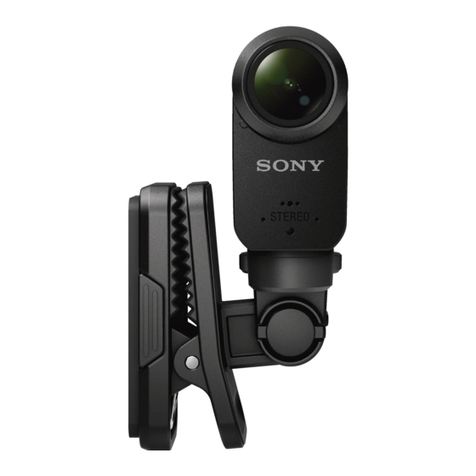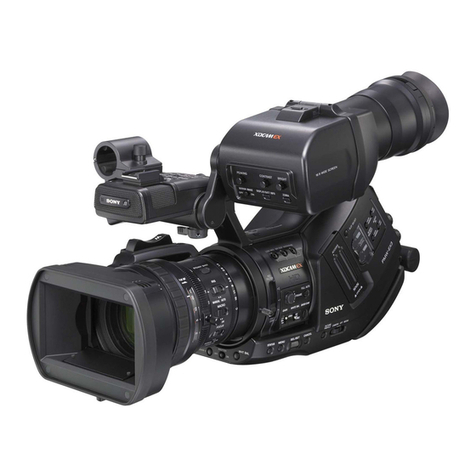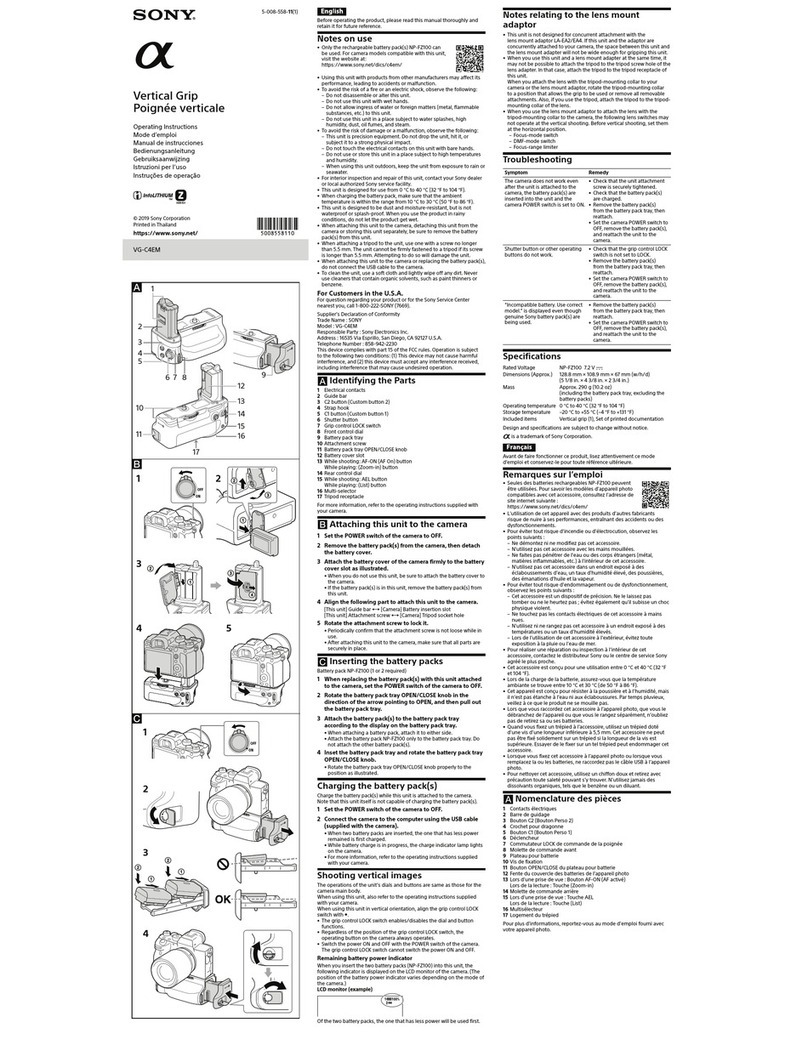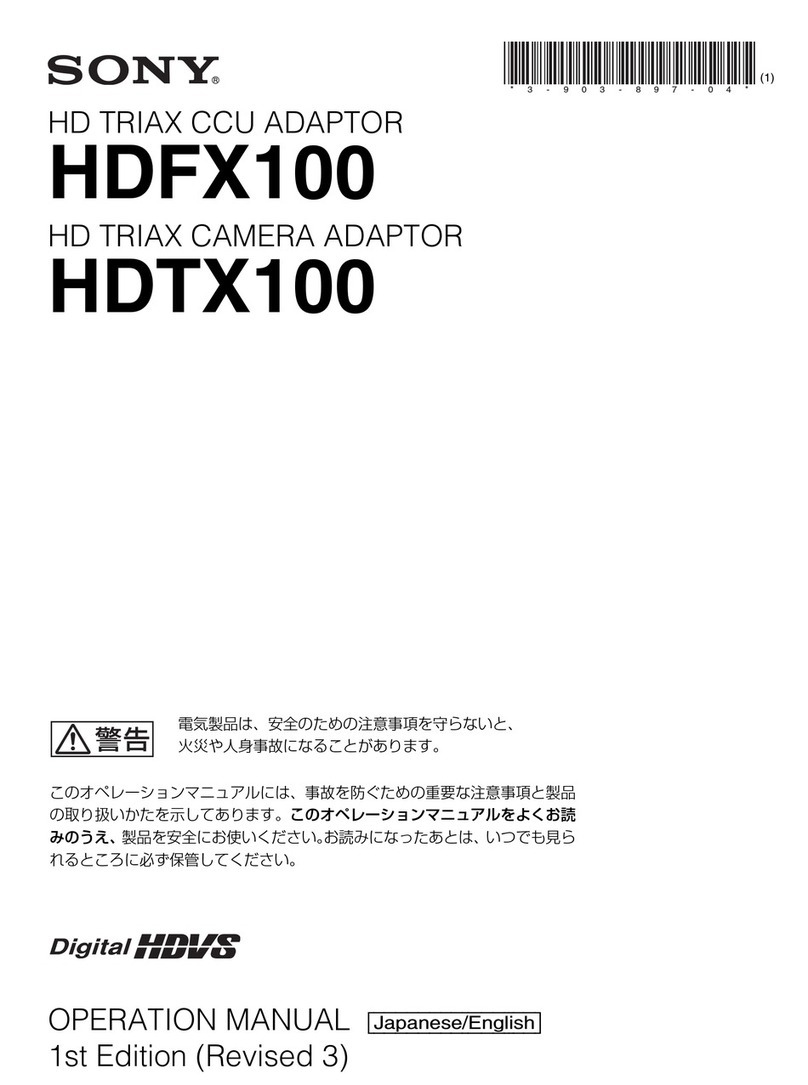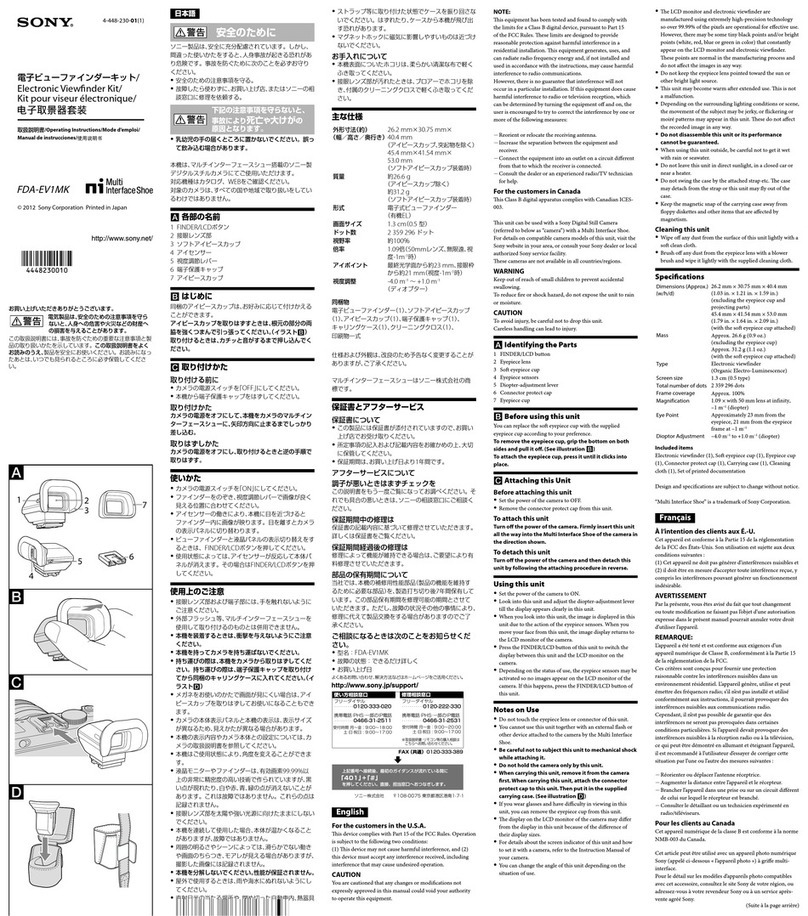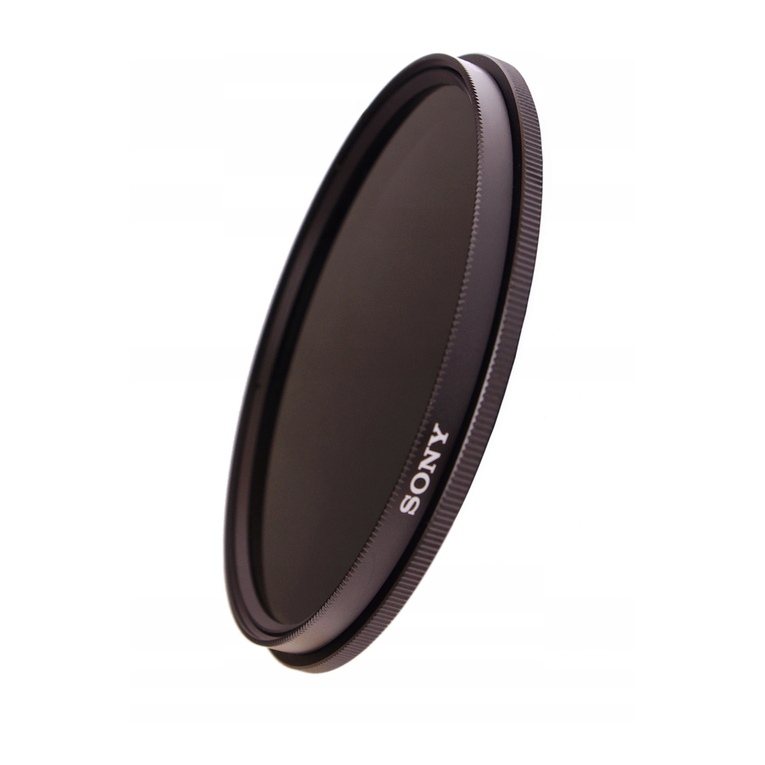
3
Main Features
The XC-505/505P is a small color video camera module
that incorporates a 1/3-type IT CCD.
Main Features
Small Size and Lightweight
The camera is so small and light that you can install it
anywhere: even in locations where conventional video
cameras cannot be installed.
High Sensitivity
A built-in Super HAD II (Hole Accumulated Diode II)
sensor, allows high sensitivity, low smear images. You can
shoot, even under poor lighting conditions.
Simple Configuration via DIP Switch
Gain, shutter speed, and white balance can be configured
using the 8-bit DIP switch located on the side of the unit.
Five White Balance Adjustment
Settings
Using the white balance DIP switches, you can choose
from among five white balance modes (3200K/5600K/
One Push WB/ATW/MAN) to choose the best settings for
shooting conditions, and the most appropriate color
compensation.
Electronic Shutter with a Wide
Range of Operating Speeds
Using the electronic shutter DIP switches, these levels of
shutter speed (OFF, 1/1,000, and FLICKERLESS) are
available to allow you to match the shutter speed to the
shooting conditions.
When you set the DIP switches for the CCD IRIS function,
the shutter speed is adjusted automatically, based on the
amount of light allowed to enter, ensuring the most
appropriate level of image signal.
Advanced settings can be configured via RS-232C serial
communication. For details, see “Communication
Specifications” on page 14.
Function Setting via RS-232C
Transmissions
Using computer communications software such as
HyperTerminal and Tera Term, function switching can be
performed.
A variety of functions such as NR (2D/3D), edge
enhancement, γ, Nega/Posi, and Flip can be set via serial
communication. For details, see “Communication
Specifications” on page 14.
Overview

